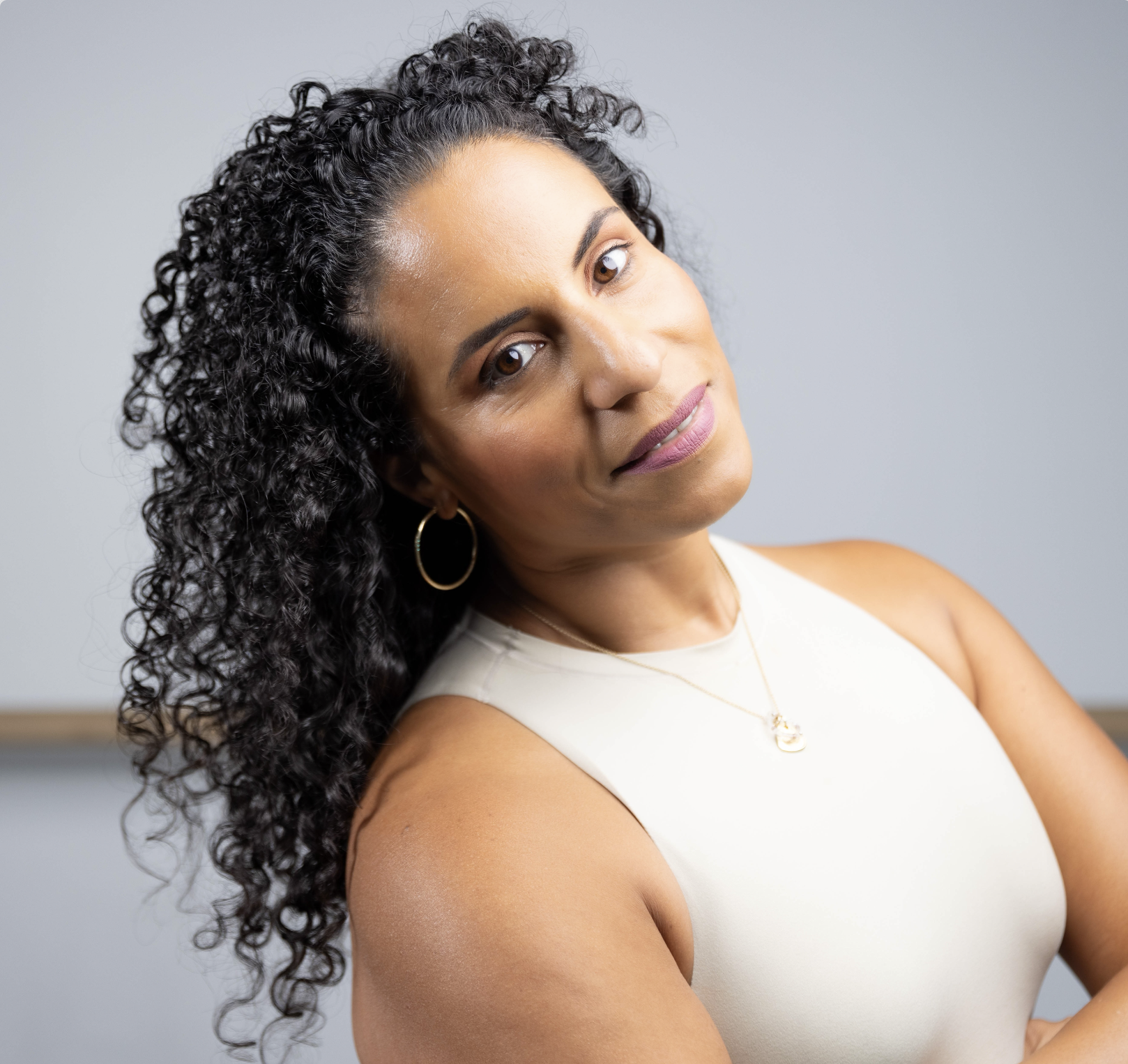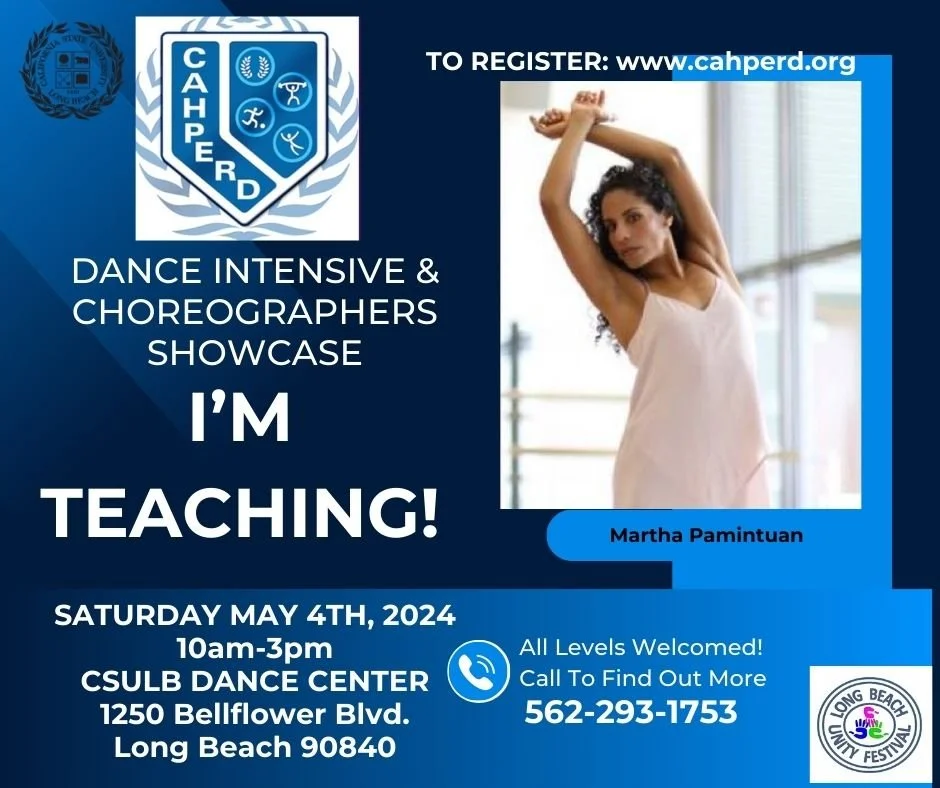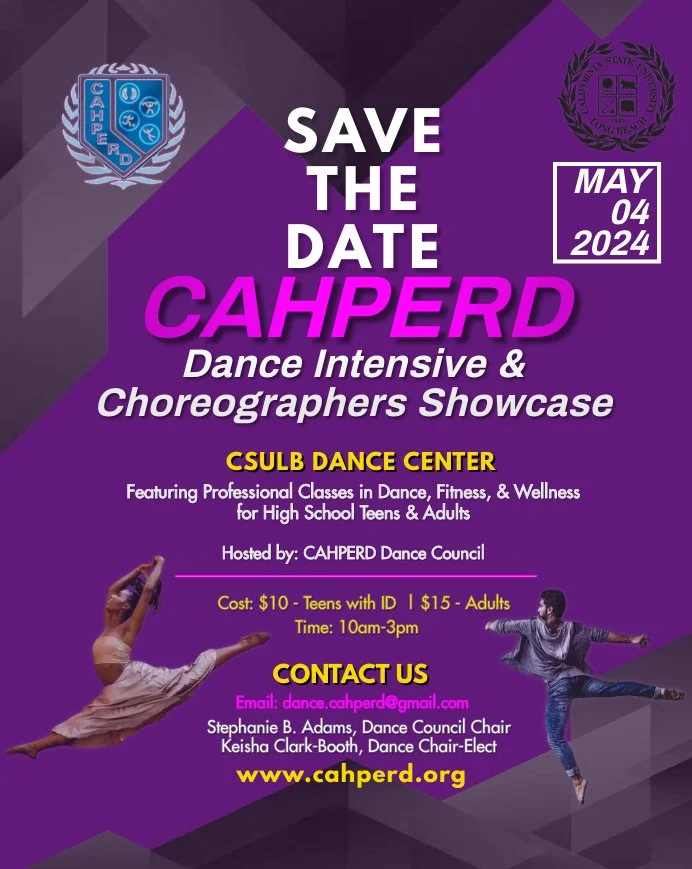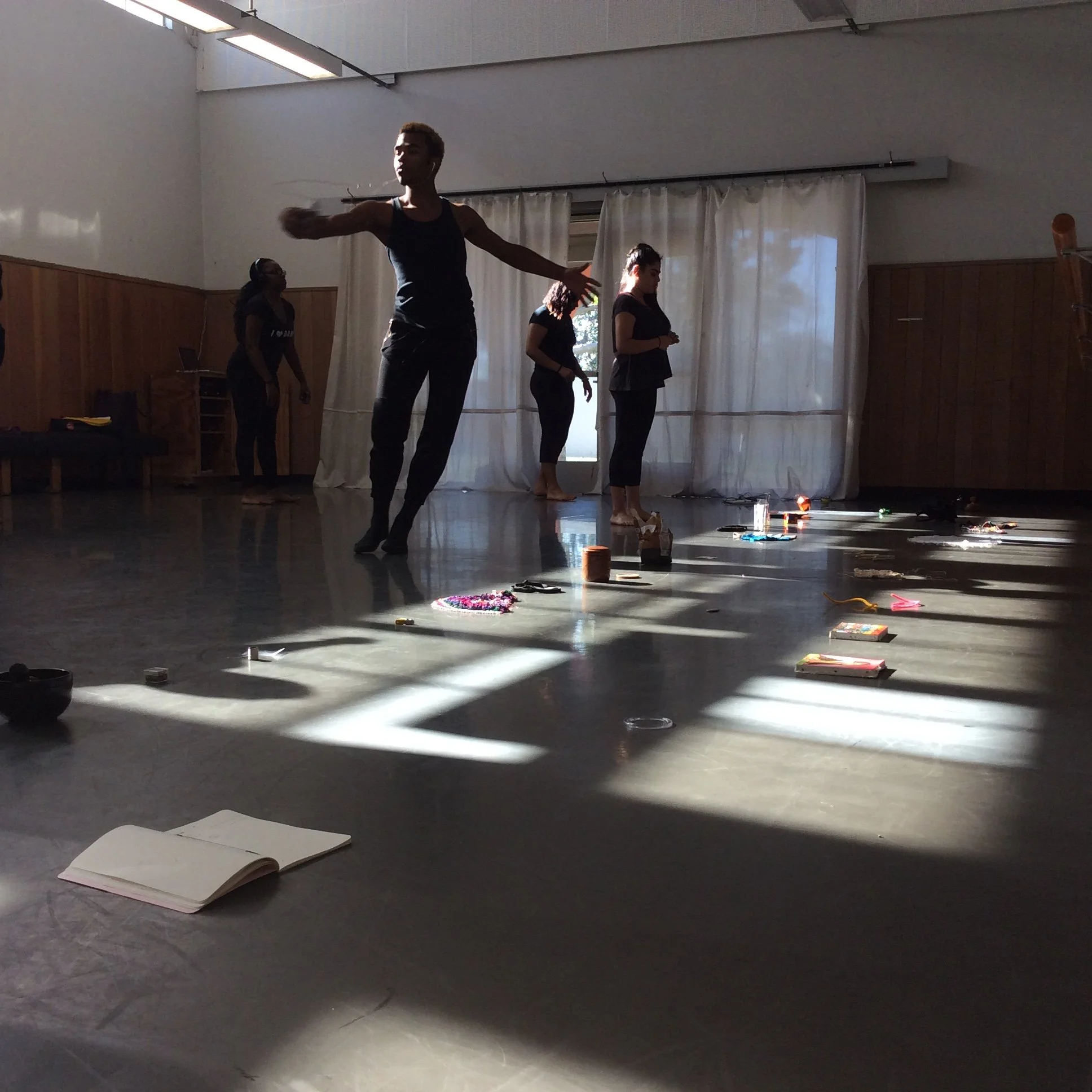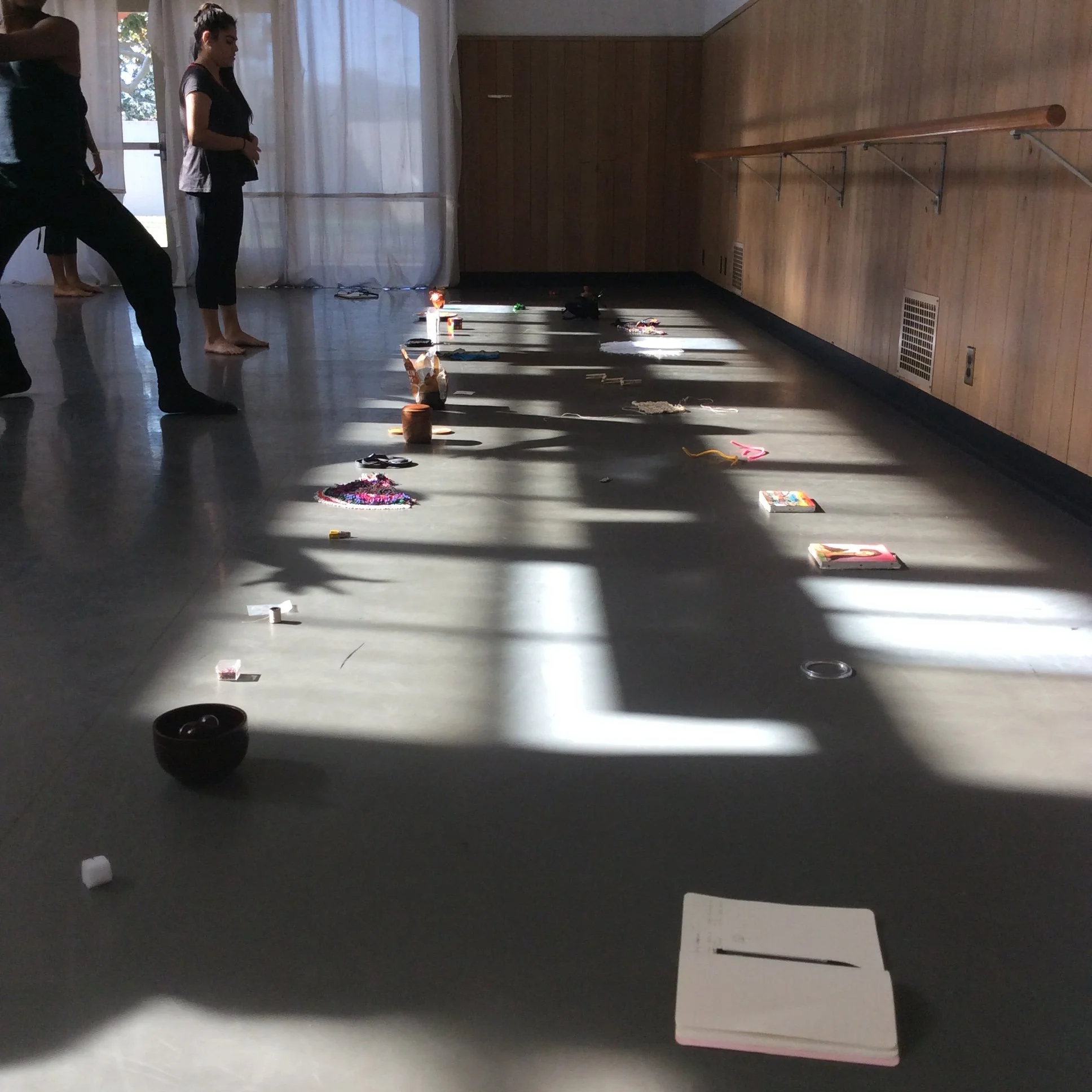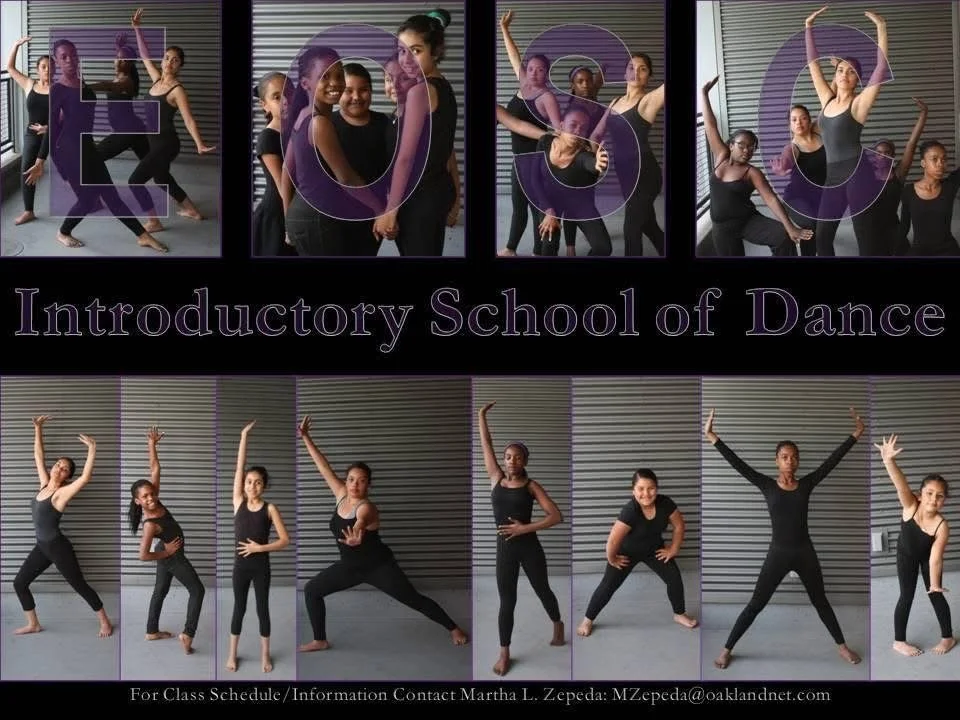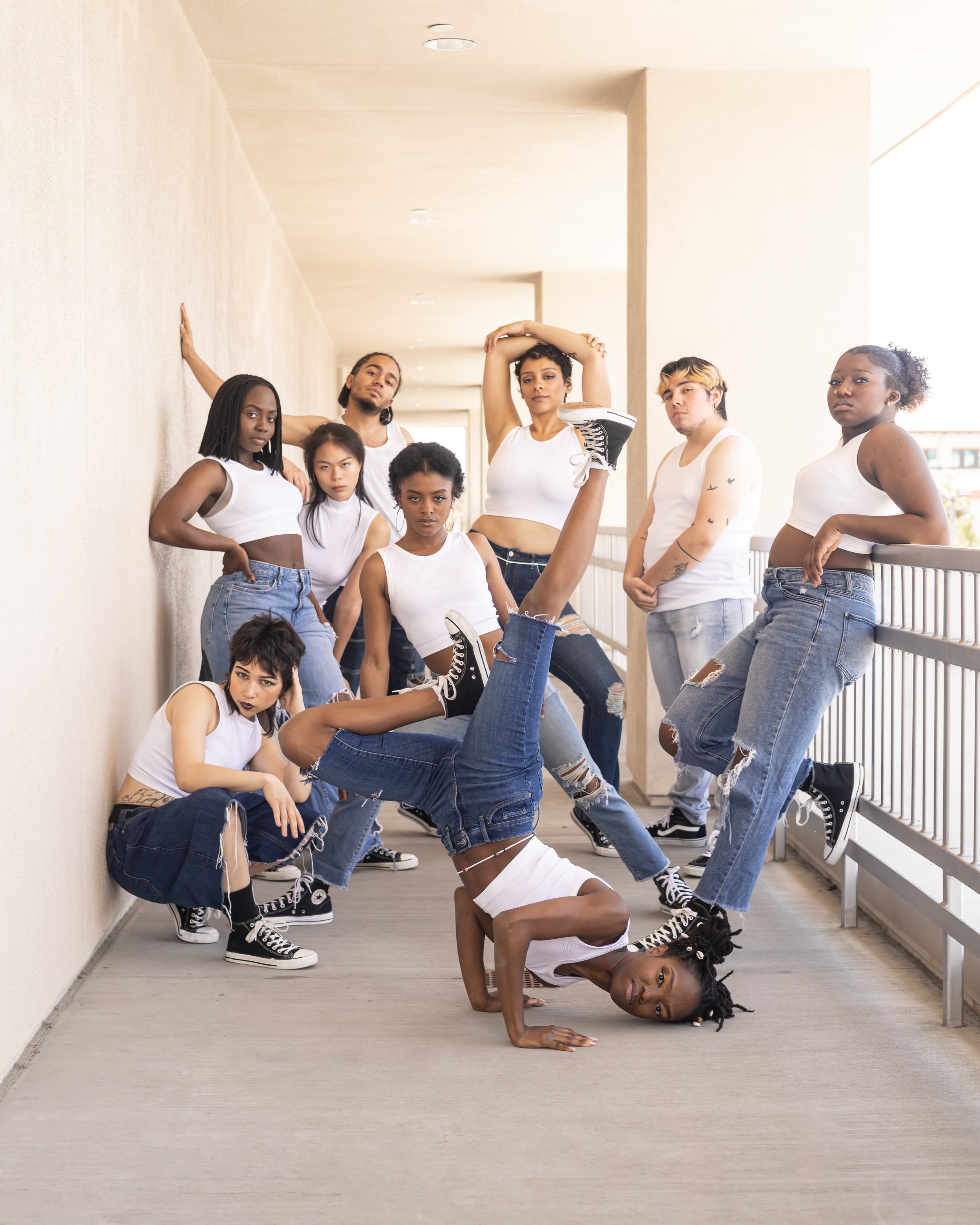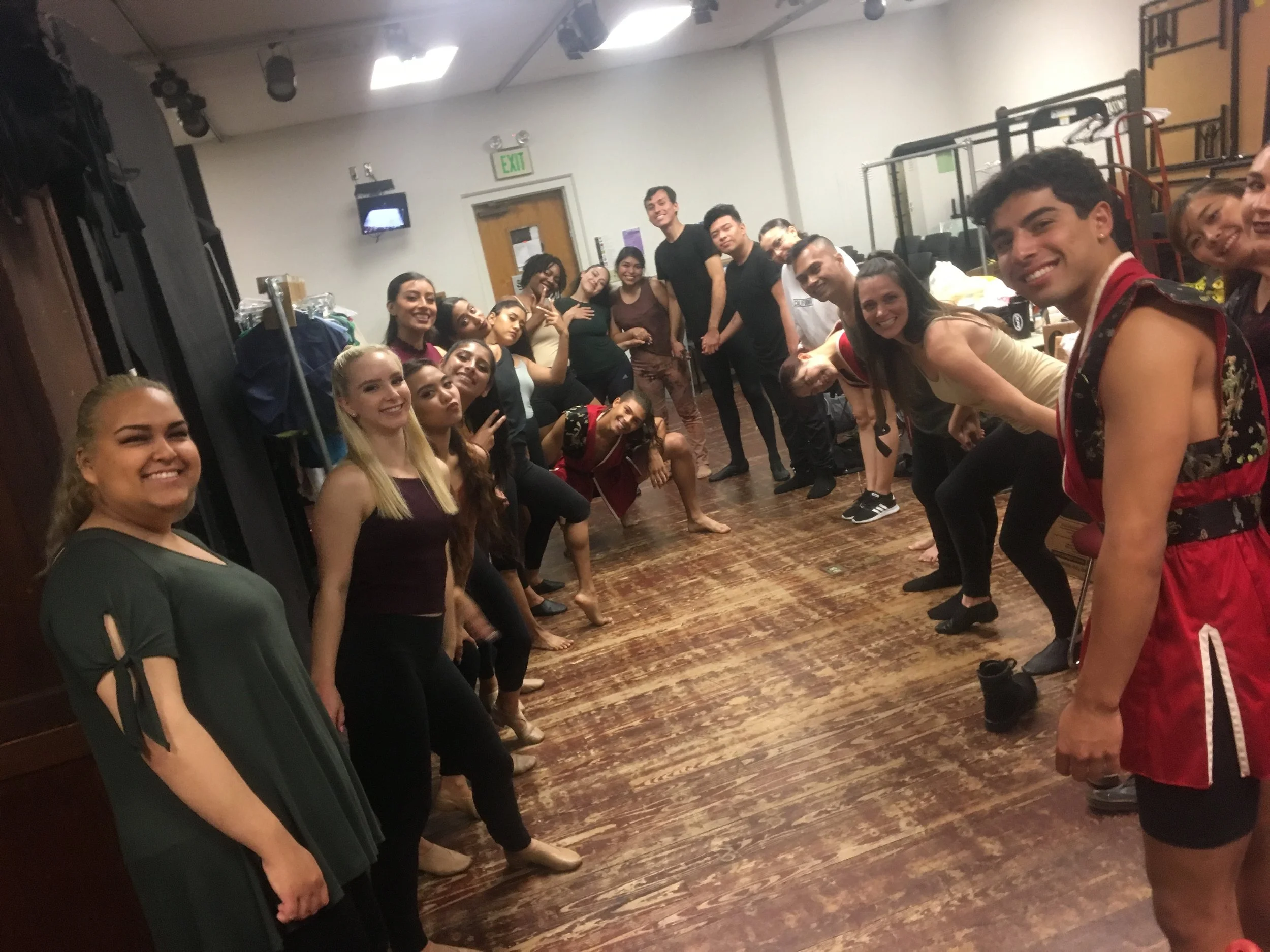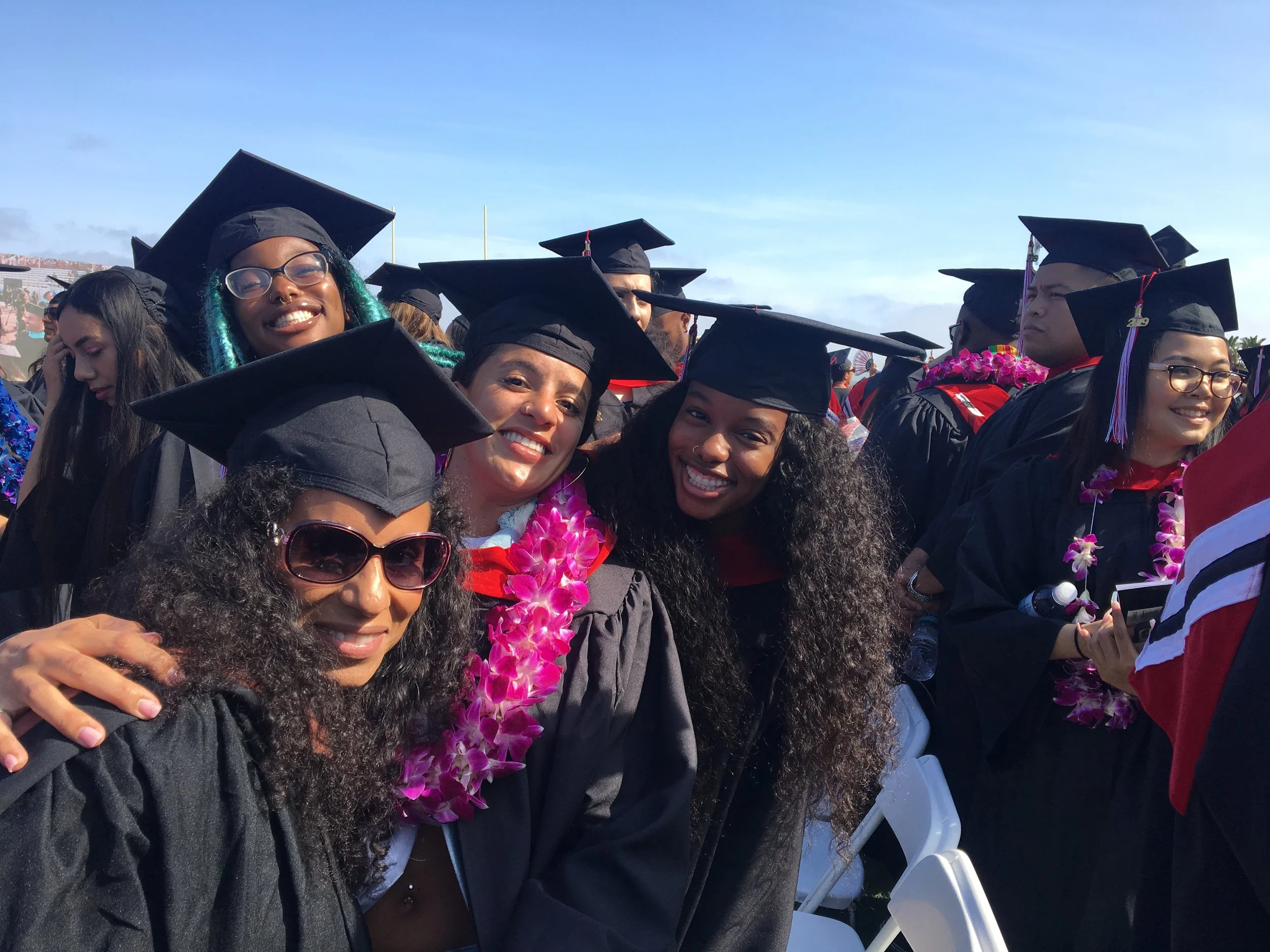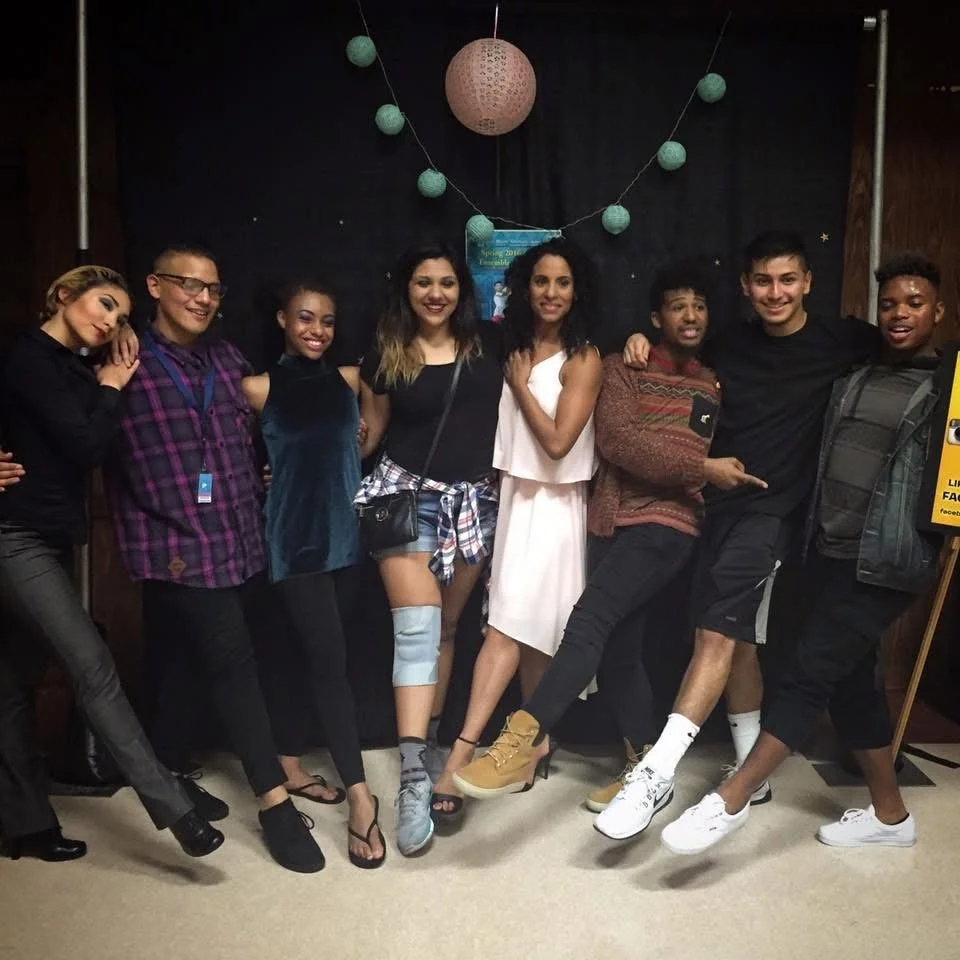
Teaching artist / Professor
Martha L. Z. Pamintuan, MFA
Movement is a deeply human language—one that speaks across cultures, identities, and generations.
My goal in every class is to create a space where students feel seen, supported, and empowered to explore technique, self-expression, and self.
As a multidisciplinary dance artist and educator, I move between worlds—jazz, modern, ballet, hip hop, Afro-fusion, Latin rhythms, and contemporary forms to name the least—because I believe in the richness of our world. Each form brings its own vocabulary, history, and spirit. I aim to help students not just perform the steps but understand the cultural and artistic contexts they come from.
In addition to technique classes, I also teach choreography, dance history, and theory. These elements are essential to developing thoughtful, informed dancers who understand the "why" behind the "how." Every step has a voice and a purpose and I strive to share every moment with dancers; It is important for dancers to know the legacy they move inside. I also lead dance fitness formats such as Zumba and barre. I make the joy of movement accessible to everyone—con ritmo, con alegría, y con comunidad.
Above all, I see dance education as a practice of empowerment. I want my students to leave class not just stronger or more skilled—but more connected to themselves and others, to their bodies, and to the stories they carry.
To be human is to be a living artist dancing in the storm.
Ser humano es bailar con el alma, incluso en la tormenta.
Thesis Research
My Master’s Thesis Experiences of Men en Pointe and the Anthropometry, Ranges of Motion, and Injuries of Their Ankles and Feet was significant adding to science. My research has been cited a few times including by recognized dance historian and writer Jennifer Fisher “Why Ballet Men Do Not Stand on Their Toes (but Georgian Men Do)” in journal The World of Music.
Men That Pointe by Martha L. Z. Pamintuan, Documentary - Excerpt from Master Thesis
Other
This video features dance for the camera works from my Spring 2021 courses, Dance 32 and Dance 33. Created during the height of the pandemic, these final projects transformed kitchens, bedrooms, backyards, parks, and beaches into powerful performance spaces. I had the pleasure of producing this virtual concert to showcase my students’ creativity, adaptability, and choreographic voice.
During the COVID-19 pandemic, we were all confined to our homes—and creativity became essential. As an educator, I worked diligently to provide my students with the tools they needed to choreograph remotely, while also reimagining my choreography course to stay relevant in a rapidly changing world.
I coached students to create dances that could speak across multiple mediums. Given the circumstances, we explored a wide range of choreographic exercises that could be developed from home. In addition to traditional methods, I guided them in thinking critically about virtual performance.
We didn’t just focus on choreography—we also delved into the art of creating dance works specifically for the camera. In addition to developing their choreographic voice, students also learned how to create dance works specifically for the camera. As a culmination of their efforts, I produced a virtual concert that premiered at the end of the semester, showcasing their final dance-for-camera projects.
This is a sample program of the productions at LBCC.
